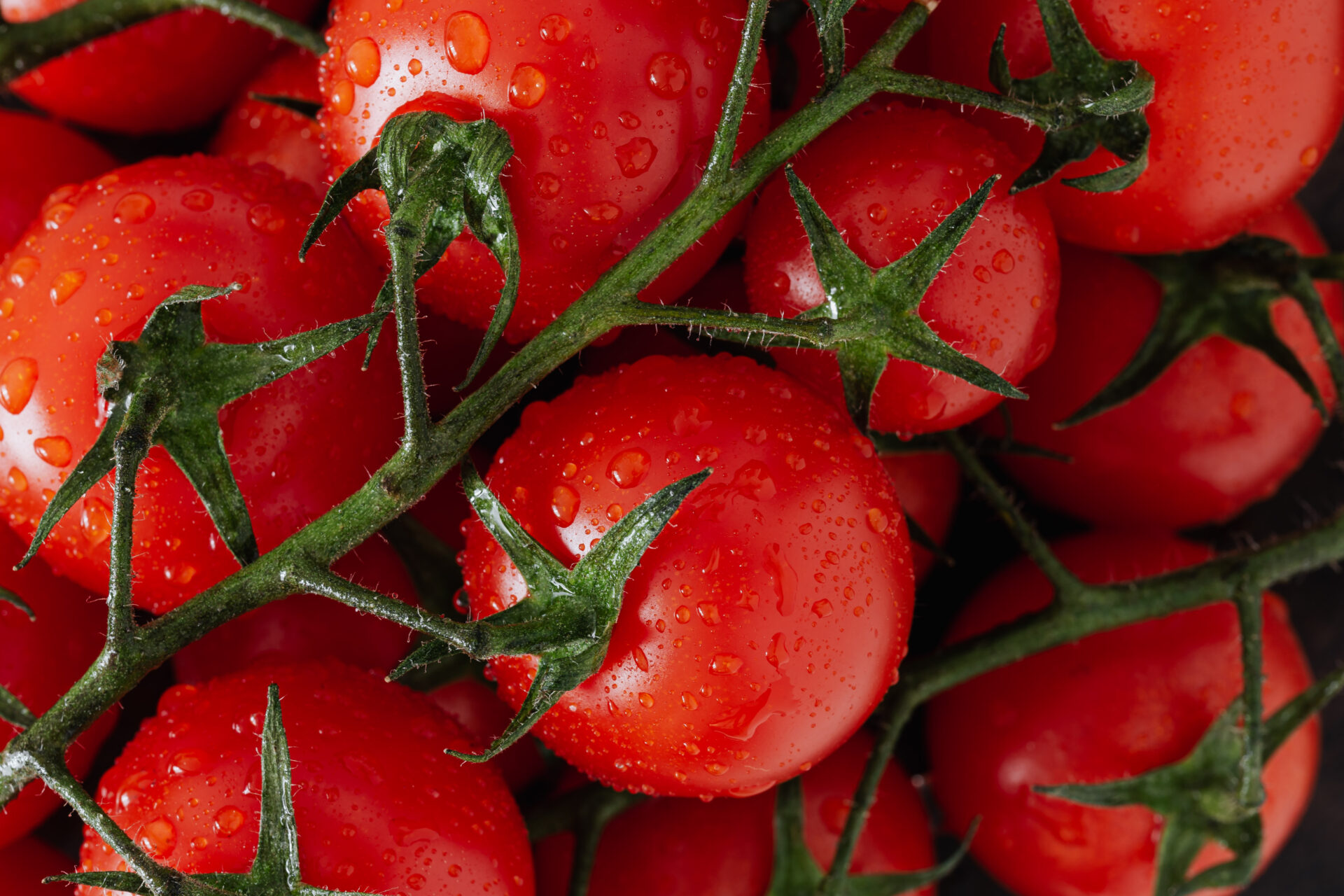What to Do When Tomato Blossoms Are Not Producing Fruit
When tomato blossoms are not producing fruit, there are several steps you can take to try and remedy the situation. First, make sure that your tomatoes are getting enough sunlight. Tomatoes need a minimum of six hours of direct sunlight each day to produce fruit. If they are receiving less than this amount, try moving your plants to a location where they will get more sun.
Additionally, check the moisture level in the soil around your plants. Tomatoes need consistently moist soil to produce fruit. If the soil is too dry or too wet, it can prevent blossoms from setting fruit. Make sure that the soil is evenly moist and not overly saturated or excessively dry.
If your tomatoes are already receiving enough sunlight and have sufficient moisture levels, consider pruning away any dead or diseased foliage from the plant as this can inhibit fruiting. Additionally, make sure that you are fertilizing your plants with a high-quality fertilizer at least once per month during the growing season.
Lastly, inspect your tomato plants for signs of pests or diseases such as aphids or blight which can also interfere with flowering and fruiting. If you find any signs of pests or diseases, treat them immediately with an appropriate insecticide or fungicide according to directions on the package label. Taking these steps should help ensure that your tomato plants will be fruitful and productive throughout the growing season!

What Could Be Preventing My Tomato Blossoms from Setting Fruit?
Tomato blossoms are the precursors to tomatoes, so it can be frustrating when they don’t develop into fruit. There are several possible causes for this issue. One could be lack of pollination, which can be caused by either a lack of bees or other pollinators, too much wind or rain that disrupts the pollination process, or even the wrong temperature. Another factor could be insufficient light, which can prevent flowers from setting fruit. Additionally, too much nitrogen in the soil can lead to lush foliage but few tomatoes. Finally, water stress or inconsistent watering habits can also cause blooms to drop without setting fruit. To ensure maximum tomato production, you should ensure your plants have adequate pollinators and light exposure, water regularly and consistently, and provide just enough nitrogen for healthy foliage growth.



